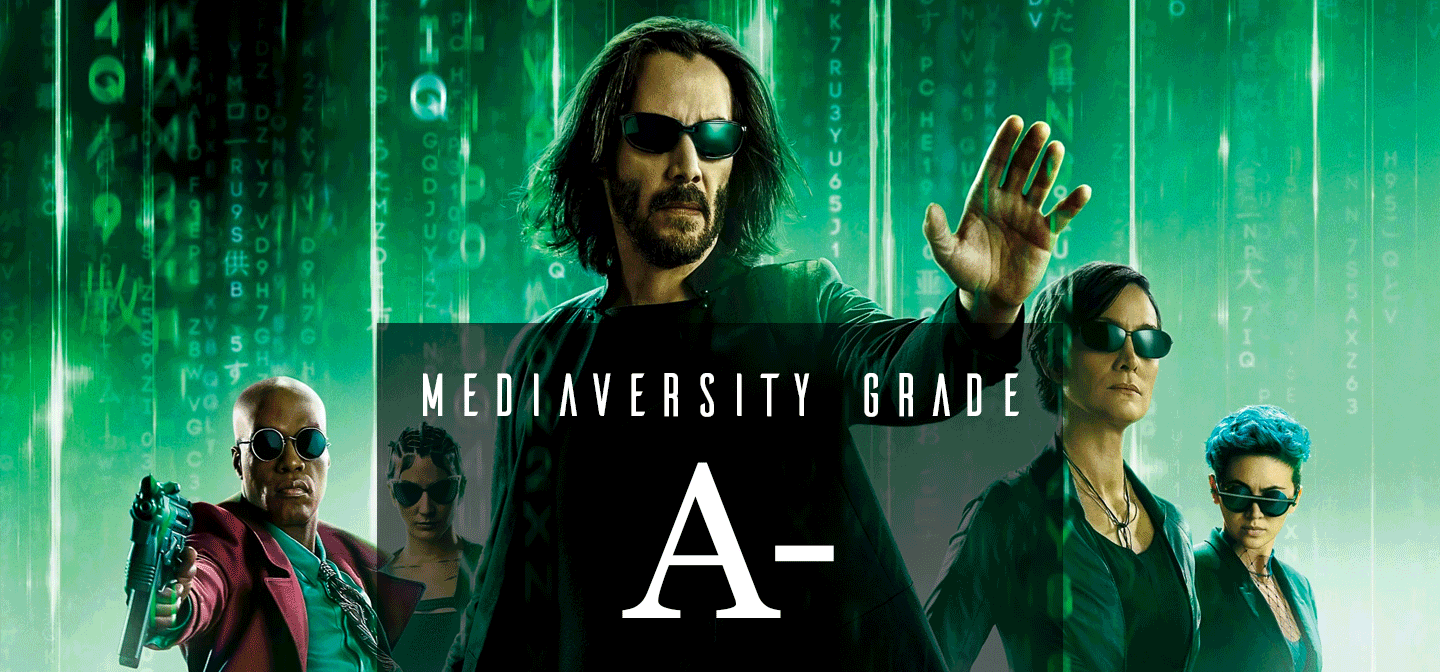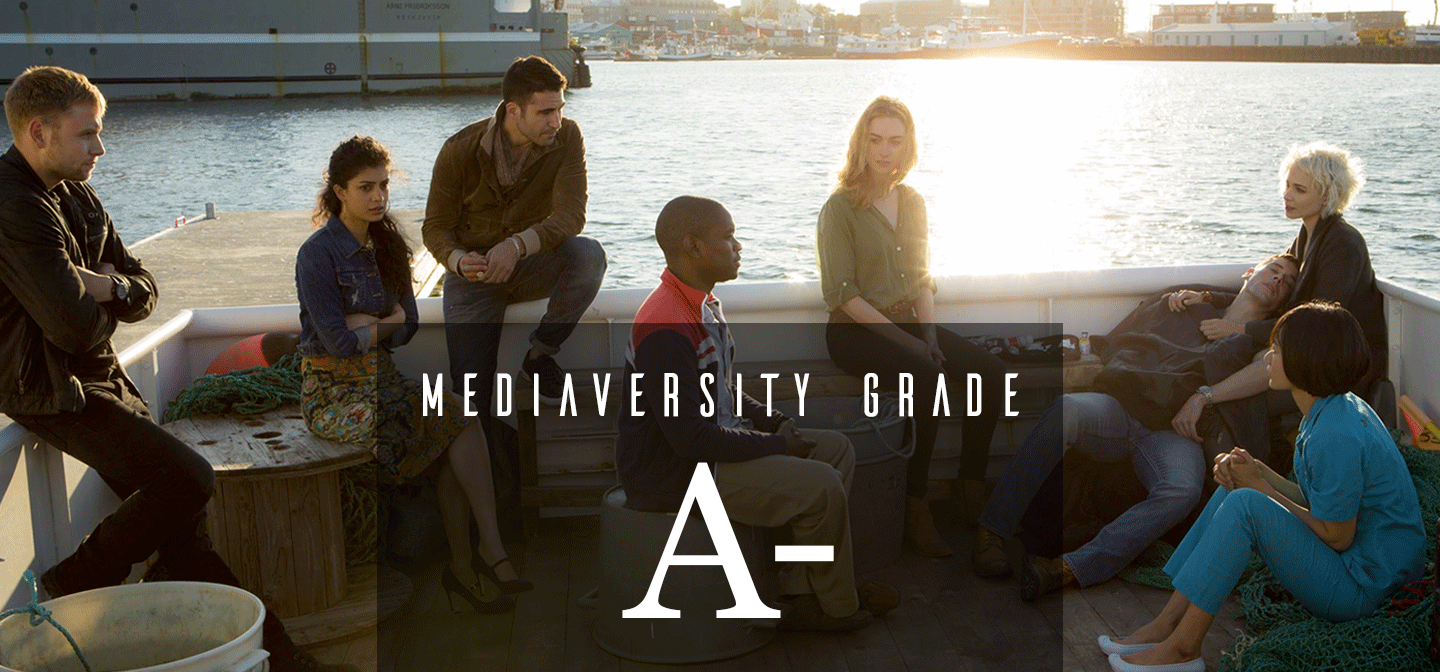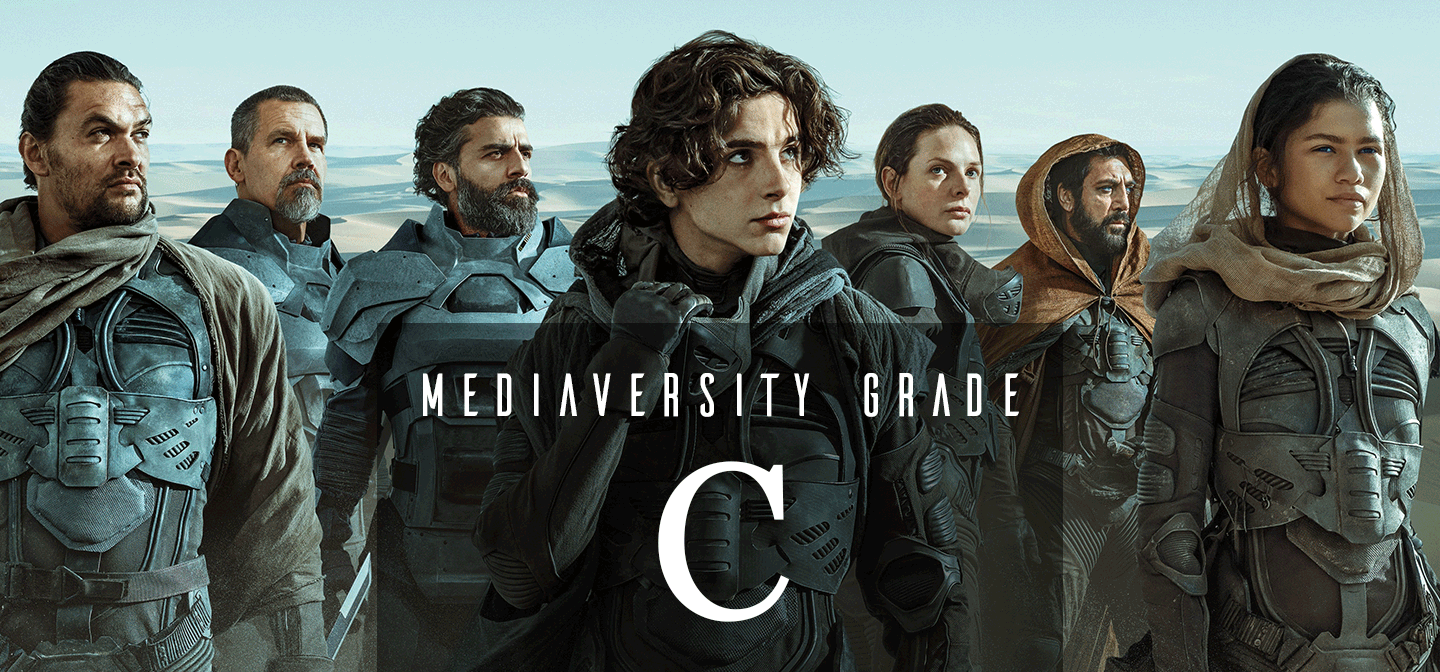The Matrix Resurrections
“Queer subtext has always lived hand-in-hand with The Matrix franchise, with LGBTQ representation subtle but present in Resurrections.”
Title: The Matrix Resurrections (2021)
Director: Lana Wachowski 👩🏼🇺🇸🌈
Writers: Lana Wachowski 👩🏼🇺🇸🌈, David Mitchell 👨🏼🏴, and Aleksandar Hemon 👨🏼🇧🇦🇺🇸
Reviewed by Carolyn Hinds 👩🏾🇧🇧🇨🇦♿️
—MAJOR SPOILERS AHEAD—
Technical: 4/5
Directed by Lana Wachowski, The Matrix Resurrections marks the unexpected but welcome sequel to the successful trilogy that spanned 1999 to 2003. The Matrix films had become iconic for their themes about liberation from oppression, capitalism, and groupthink and Resurrections follows suit.
Wachowski and co-writers David Mitchell and Aleksander Hemon make no bones about making their newest script as meta as possible. Using the analogy of a fictional world created by a powerful few in order to control the masses, Resurrections’ main characters have woken up from the simulation—including gunslinger Bugs (Jessica Henwick) and returning heroes Neo (Keanu Reeves) and Trinity (Carrie-Anne Moss). Through their eyes, we watch a heartbreaking and exhausting world unfold as a controlling class wrings every person dry in the interest of profit. In the real world, as Warner Bros. considered handing over the reins of the Matrix franchise to another writer, there’s no denying that Lana Wachowski directly calls out the very studio she’s making her film for by critiquing the commodification of art in Resurrections. It’s a gutsy move, and one that exactly reflects what The Matrix films are all about.
Visually, the latest chapter boasts impressive special effects. A new, in-film AI machine creates an interactive model of Morpheus (Yahya Abdul-Mateen II) that I’m sure will become just as popular as “bullet time” in future films. However, not all is perfect. While the first three films enjoyed sleek, jaw-dropping fight sequences choreographed by legendary martial artist and film director Yuen Woo-ping (Crouching Tiger, Hidden Dragon, Master Z: The Legend of Ip Man), his absence in Resurrections feels noticeable. Action scenes can be difficult to see at times, due to obstructive and awkward camera angles.
Overall, though, the film itself succeeds in its goal to entertain. Furthermore, I found all the nostalgia I was looking for through old characters, some of them reinvisioned to keep things fresh. Newcomer to the franchise Henwick proves why she deserves way more attention in Hollywood than she’s currently getting, while Reeves and Moss create just as much magic on screen as they ever did.
Gender: 5/5
Does it pass the Bechdel Test? YES
Resurrections belongs to an unfortunately short list of big budget sci-fi films written and directed by a woman. That list shrinks even further when looking at who gets to helm sci-fi franches. With over two decades in the industry, Lana Wachowski is one of the most influential creatives of sci-fi and action films—genres that are still dominated by white male creatives. Not only did she and her sister Lily create one of the most popular franchises ever, in Neo, they also created one of the world’s most recognizable characters.
With Neo’s return to Resurrections as protagonist, it would be fair to assume he’d leave little room to adequately showcase female characters. Luckily, filmmakers prove those assumptions wrong.
Being the independent, badass woman she is, Trinity has always been a fan favorite. A balance of resolve, strength, and vulnerability has always been present in Moss’ charismatic performances, and that has not changed with Resurrections. Though she is Neo’s love interest, and many of her scenes take place with him, Trinity has always been her own person and equal to Neo in every way. Better yet, this time around she’s the one saving the day, flying Neo to safety in a welcome role reversal from previous films.
Another key female character we meet is Bugs, the captain of the Mnemosyne—a hovercraft that she and her crew use to travel between the film’s version of “reality” and various simulated worlds of the Matrix. She sits in a position of power and is unafraid to take on the system. As someone who has broken away from the illusion of the Matrix, Bugs does look up to Neo as inspiration, given his past work in dismantling the simulation, but she doesn’t see him as a god.
In fact, other women outright doubt Neo. Niobe (Jada Pinkett Smith), who now bears the title of General as the leader of IO—once known as Zion, the home of those who had escaped the delusions of the Matrix—she sees Neo’s presence as a threat to the peace they all fought so hard to attain in the last great war with the machines.
It’s wonderful to see female characters form different opinions of Neo based on their own backstories. Henwick is given a lot to do as a performer, and the contrasting opinions between Bugs and Niobe deliciously paint a generational tension: The younger Bugs moves through her missions with a confidence that borders on cockiness. In contrast, Niobe, who is meant to be decades older since Pinkett first appeared in the franchise in 2003’s The Matrix Reloaded—and depicted here through unconvincing special effects makeup to “age her up” and a horrible faux-locs wig—is more cautious having lived through the war. Strong and self-assured, she knows that her doubts are well founded having experienced firsthand the oppressive danger posed by the “sentients” that Bugs and her crew have yet to truly encounter, thanks precisely to the sacrifices Niobe had made. Above all, both women are realistic and relatable, showing that women can and do experience hierarchical conflict. But Resurrections takes care not to pit them against each other in what would be an overly simplistic showdown.
That said, I did take issue with one thing: It felt frustrating to watch how the one Black woman in a position of authority, and one of only three Black women in the entire film with any dialogue, kept having to defend her authority to her subordinates. When such few Black women exist in science fiction at all, it’s impossible not to wish for more empowered examples every time.
Race: 4/5
The Matrix films have always been racially and ethnically diverse. That’s one of the reasons they’re so beloved all over the world. For starters, the lead protagonist Neo is played by Reeves, who is multiracial (albeit passing for white in the film), and other members of the cast include actors with East Asian, South Asian, and Black ethnicities.
They avoid obvious stereotyping, but if you look closer, The Oracle (played by Gloria Foster in The Matrix and The Matrix Reloaded, and following Foster’s death in 2001, replaced by Mary Alice in Revolutions) is just a touch away from being the dreaded “mammy” caricature, a Black woman who serves no other purpose than to take care of non-Black characters. She guides them on their way, always encouraging and putting their needs above her own.
Similarly, Morpheus skirts the “Magical Negro” trope. Like the “mammy,” and The Oracle, this character has a mysterious sixth sense that gives him a unique omniscience. But instead of Morpheus’ powers benefiting him directly, his special abilities are used to support the non-Black protagonists of the story.
It’s kind of hard to ignore that the two major Black characters, so powerful in their own rights, mostly exist to give Neo the push he needs to become his better self and to fight for his love, Trinity. Furthermore, we see Niobe—who had been holding down the fort in Neo’s absence—suddenly having her orders ignored and disrespected once Neo is back on the scene. In a story about breaking away from oppression and standing up to be accepted for who they are, Black characters deserve more than just being made into teachers for everyone else.
Bonus for LGBTQ: +0.50
As a transfeminine filmmaker, Lana Wachowski has broken many barriers in an industry and society that still very much discriminates against members of the LGBTQ community. Using her films to point out areas of society that need work takes a lot of courage, and continues to make for interesting art that people connect with.
Within the film itself, moments of queer representation are more subtle. Mnemosyne crew member Berg is played by Brian J. Smith, who came out as gay in 2019, and makes an offhand comment about Neo being hot. Simultaneously, high-profile out actors like Neil Patrick Harris and Jonathan Groff play important figures that aren’t defined by their sexuality, but it’s safe to assume their characters’ romantic and sexual persuasions can be interpreted in any manner of ways.
Queer subtext has always lived hand-in-hand with The Matrix franchise, something that Harris points out in his interview with Vulture when he says, “I appreciate that part of the Matrix ideal is that you create allegory and that you personalize, and you make it mean something to you because that’s the whole point.” For me, that might be the scene in Resurrections where his character of The Analyst—who starts off wearing blue-rimmed glasses—throws them away as a nod to throwing off binary sexual and gender identities. Of course, that moment could’ve meant something completely different to someone else, but that’s my theory and I’m sticking with it.
Bonus for Age: +0.25
Over the years, Moss (who’s 54 years old at the time of this review) and Reeves (57) have aged like fine wine. It’s fantastic to watch them play a couple who fell in love in the midst of a war, only to find their way back to each other after decades of forced separation. I want more films like this where we get to see men be in love with—and stay in love with—women their own age.
Mediaversity Grade: A- 4.58/5
It’s pretty obvious that Lana Wachowski was not that enthused about continuing the story she and Lily had ended where they wanted it to end. But with Resurrections, she manages to turn out something pretty great and meaningful, despite its technical imperfections.
The theme of being able to conquer anything through love and faith while staying true to who you are—especially in a system where creativity and art are all too often commodified—remains an enduring tale. Resurrections succeeds in instilling its viewers with the hope that if you’re able to find inspiration and a reason to keep trying, your efforts will be worth it in the end. It’s a rare example of how an ideal can grow and deepen over time thanks to the love that creators, cast, and crew have for it. Should there be a follow-up, I’d happily reenter the meta spun by this team of storytellers. More references to the real world, or to the existence of the John Wick universe, perhaps?




